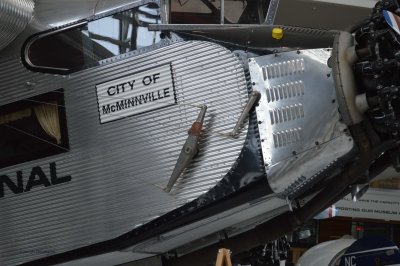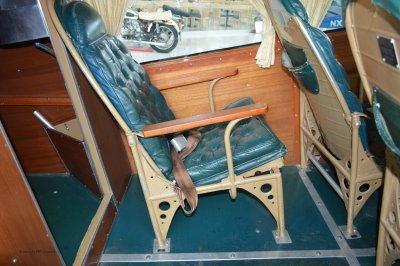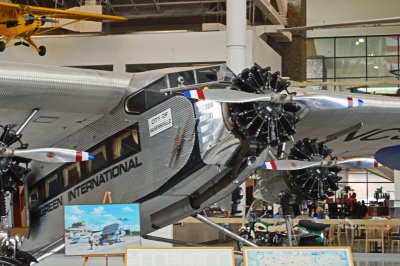





 |
 |
 |
 |
 |
 |
| George | profile | all galleries >> aircraft >> Ford Tri-Motor | tree view | thumbnails | slideshow |
 Control cables |
 overhead view of the aircraft |
 Aircraft door looking into passanger compartment |
 Seats |
 cabin area |
 Baggage Storage in wing |
 Ford Tri-Motor |
 Ford Tri-Motor |
| comment |
| Dov | 19-Jan-2020 23:04 | |